In the huge digital ocean, your website is like a small fish swimming around hoping someone will discover it. You want people to come, right? Your secret weapon for getting people to visit your site is optimized web content! It’s important to make content that not only resonates to your audience but also works well with search engines. Grab your favorite snack and let’s get started on how to make your web sites busy places!
Key Concepts and Top Takeaways
– Identify your target audience to tailor content effectively.
– Conduct keyword research to find relevant and high-traffic terms.
– Write compelling headlines that grab attention and encourage clicks.
– Use clear, concise language for better readability and engagement.
– Incorporate multimedia elements like images and videos to enhance content.
– Optimize content structure with headings, bullet points, and short paragraphs.
– Include strong calls-to-action (CTAs) to guide user behavior.
– Share content across social media platforms to increase visibility.
– Update older posts with fresh information and keywords regularly.
– Analyze performance metrics to refine future content strategies.
Contents of This Page
Understanding SEO Basics
First, let’s talk about SEO, which stands for “Search Engine Optimization” for those who don’t like acronyms. SEO is like a magic spell that helps search engines find and rank your content. Think about how it would be if every time you wrote something, it was like sending out party invitations. No one will come if the invites are badly written or get lost in the mail!

What does good SEO look like? First and foremost, you need to do keyword research. This entails finding out what words or phrases people use to search for information about your issue. You can use tools like Google Keyword Planner to find popular words that fit well with your content. If you’re writing about “driving traffic,” for example, people might also be looking for “improving online visibility” or “boosting website visits.” Adding these keywords helps search engines know that you have useful information that others want to share.
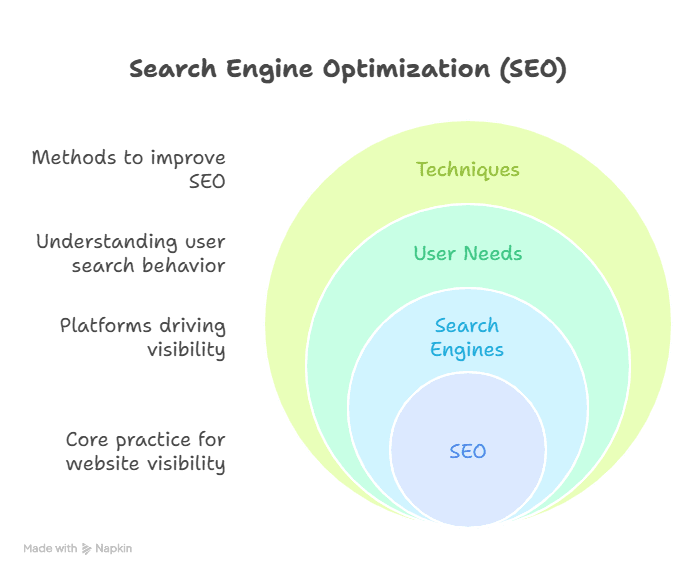
Next is on-page optimization, which includes things like employing headers (H1s and H2s) and breaking up content with bullet points or graphics. I all, who wants to read a huge block of text? Not me! Imagine this: you’re looking at a webpage and your eyes glaze over. Then, out of nowhere, you start daydreaming about pizza instead of paying attention to the material. That’s why it’s so important to make your text look good!
Using headers well is like putting up signs along a hiking trail. They help readers navigate your information and make it easier for them to discover what they need. Your main title should be in an H1 header. This is the big deal that tells everyone what the article is about. Then you may use H2s for big portions and H3s for smaller ones if you wish to go into more detail about subtopics. This hierarchy not only helps you keep track of your material, but it also tells search engines how your content is set up.
Let’s speak about bullet points and lists now, since who doesn’t enjoy a nice list? They’re great for putting up a list of important points or making complicated ideas easier to understand. Do you think more people would get excited if you told them all the steps to create a cake or just gave them a list of the processes? That’s right! Lists help keep things organized and make key information stand out to readers.
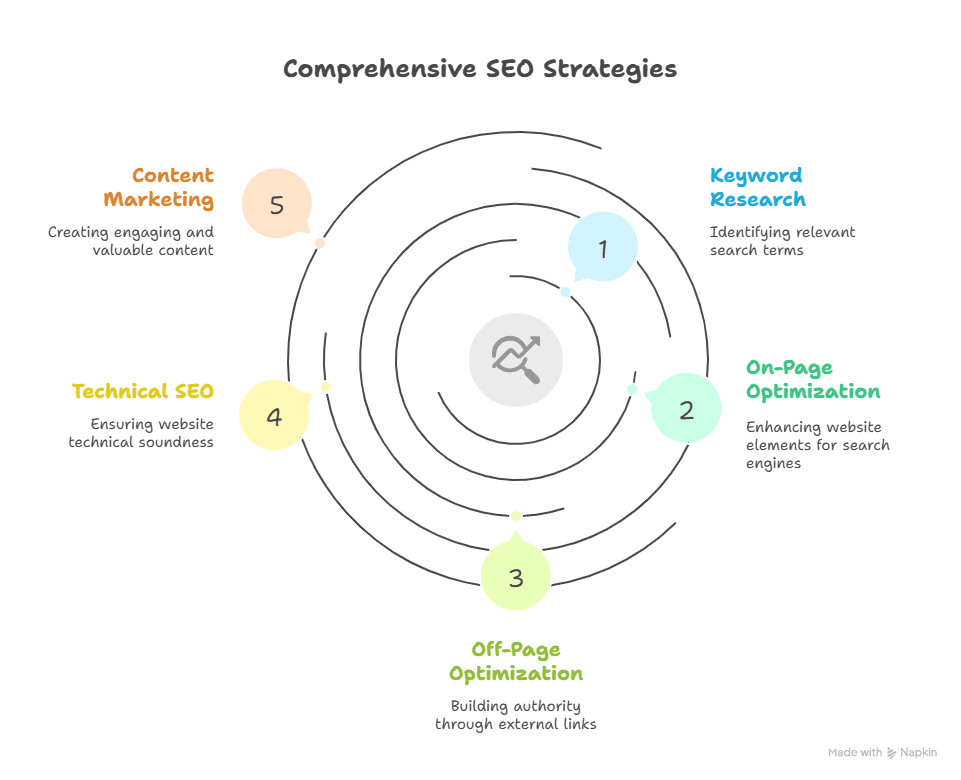
Adding pictures may also make things pop out, by the way! Visuals can make text-heavy parts easier to read and give words a context that they sometimes have trouble with. For instance, if you’re talking about data trends or statistics, an infographic can assist make those facts more interesting and easier to understand. Always remember to add alt text descriptions to your photographs so that search engines can understand what they are.
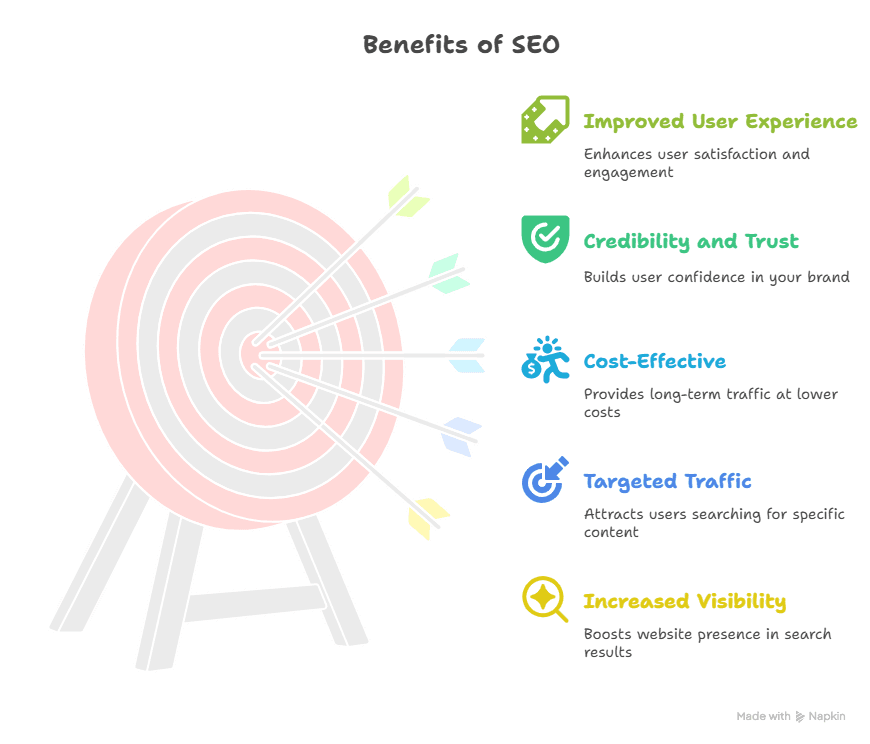
Adding keywords to your material here and there keeps it interesting without making it sound too robotic. It’s important to use these words in a way that makes sense, not in a way that makes it seem like you’re trying to fit an elephant into a little automobile (believe me; it won’t end well). Try to use everyday language where keywords fit naturally into phrases. This method not only makes the text easier to read, but it also helps SEO by letting search engines know that the content is relevant.
In short, on-page optimization isn’t just a bunch of technical terms; it’s about making your writing easier to read and helping search engines understand it better. Using headers, lists, pictures, and smart keyword placement can keep visitors interested and maybe even make them want to come back for more.
Crafting Engaging Content
Now that we know all the technical aspects, let’s focus on making content that grabs readers’ attention right away! Honestly, there’s nothing worse than clicking on an article and then falling asleep halfway through because it feels like toast. So how can we make things more interesting?

First of all, telling stories can work miracles! Everyone enjoys a good narrative, whether it’s about overcoming problems, finding hidden treasures, or even just finding a parking place at the mall. Readers are more likely to stay longer if you provide stories or experiences that they can relate to in your posts.
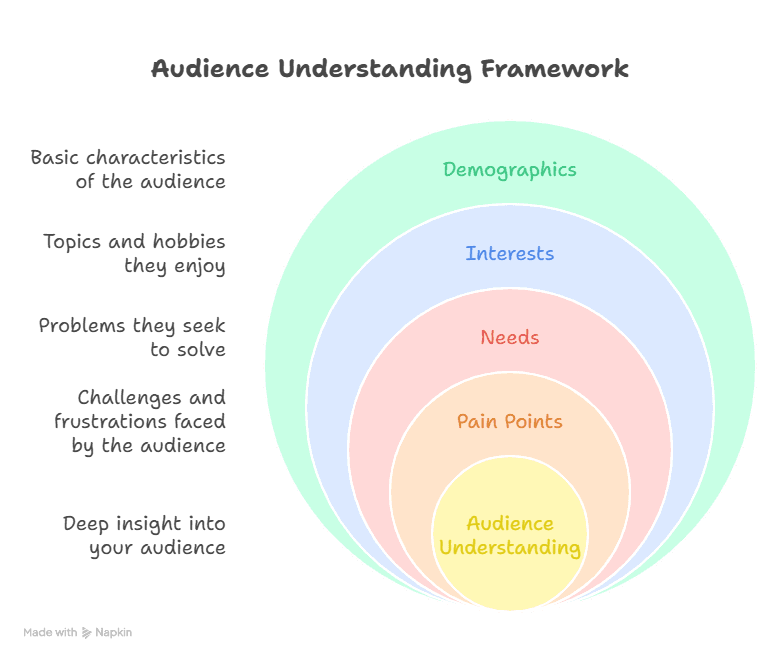
Another advice is to use comedy when it’s appropriate. After all, laughter is a terrific way to get people to talk to you! Start with a hilarious comment on how no one reads boring papers, except maybe cats when they sit on keyboards (they seem to be really interested!). Seriously, have you ever noticed how your cat can turn even the most boring email into a great story? Not only does humor make people laugh, it also makes them want to share it because who wouldn’t want their friends to get the joke?
Adding a little comedy to your writing can turn a boring post into something that people will remember. It’s like putting sprinkles on a cupcake; all of a sudden, it’s not just any dessert—it’s the best one! A joke or funny comment at the right time can make things better and link you with your readers right away. They’ll be more comfortable and more inclined to read what you have to say.
If you start your article with something hilarious and easy to relate to, readers will already be nodding their heads before they ever get to the first paragraph. For example, you may say something like, “Let’s be honest: we’ve all clicked on articles that promised ‘the secret sauce’ only to find out it was just ketchup.” That kind of funny that people can relate to makes things friendly and makes people want to stay for what’s coming.
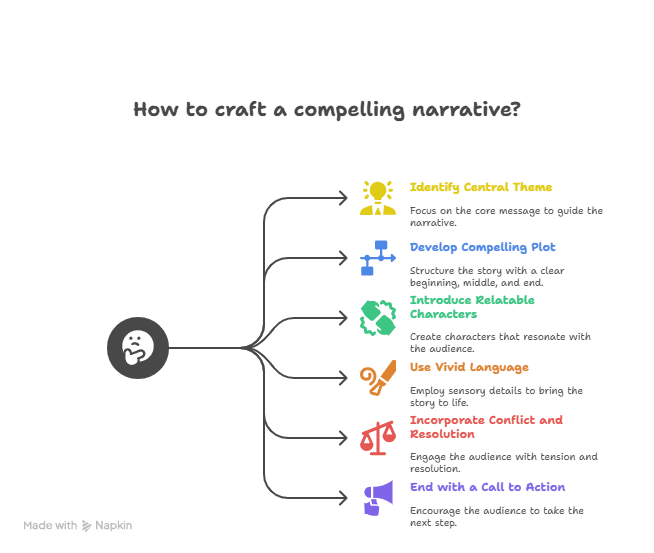
Timing is everything, of course! You shouldn’t make a dad joke while talking about serious things like health or money. That could confuse a lot of people. Instead, keep those laughs for when you’re talking about something funny or giving instances that are funny. This balance makes your writing interesting without making it less credible.
Humor may also bring people together, which is interesting. When people share your hilarious posts or stories on social media, they aren’t just sharing information; they’re also inviting others to join in on the fun. It makes an inside joke that helps readers get to know each other better. Also, who doesn’t like sending a funny meme or quote to someone else? It’s like giving each other high-fives online!
So don’t be afraid to have fun with your writing! Adding comedy isn’t just for chuckles; it’s also to make your material easier to understand and engage with. If people are smiling when they read what you wrote, they are much more inclined to share it and bring traffic back to your website. And let’s be honest: we could all need some more laughter in our lives (and maybe some cat videos too).
Utilizing Visual Elements
Let’s talk about pictures now that we’re on the subject of keeping things interesting. Adding pictures, infographics, and videos can make even the most boring subjects seem interesting. Have you ever tried to read a whole page of text? It seems scary! But if you add some charts or graphics that capture the eye and show important aspects, everything suddenly becomes easier to understand.

Pinterest and other platforms do well with beautiful pictures. Use this chance to show off your products or services in a creative way that gets people’s attention and brings them back to your site. And don’t forget that people love to share posts that look good! If your material is easy to share, more people are likely to visit your site.
Adding alt text descriptions to photos also makes them easier to find and gives search engines more information about what those images mean. It’s a win-win! Imagine that you’re looking at a website and suddenly an image appears that is just beautiful. But hold on—if you can’t see it because you have a vision problem or the picture doesn’t load, that gorgeous picture is just lost in cyberspace. Alt text comes in like a superhero here!
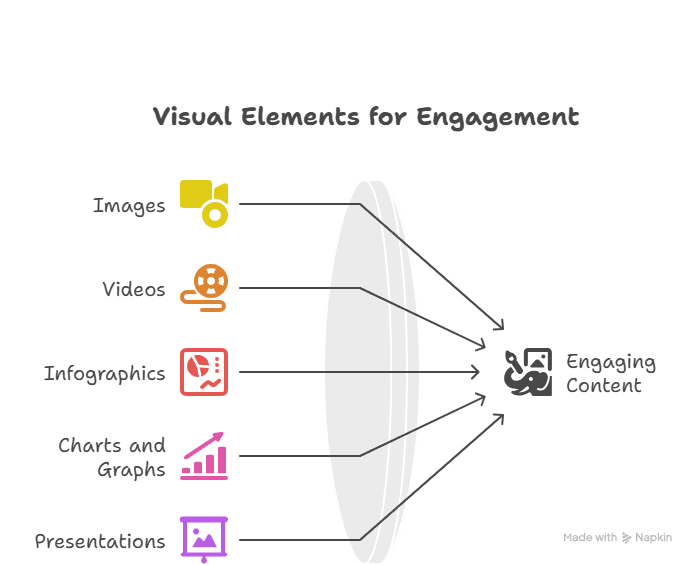
Alternative text, or alt text for short, is a lifeline for people who use screen readers or other assistive devices. If someone sees a picture on your site, the screen reader speaks the alt text out loud to explain what it is. Users don’t have to just look at an empty spot or hear “image” anymore; they can see exactly what they’re missing. It would be really annoying to miss important information merely because an image didn’t load right. Adding informative alt text makes guarantee that everyone can see the same content.
But here’s the best part: it’s not only about making it easier for customers to find their way across your site; it also helps search engines understand your content better. Google and other search engines don’t have sight. They use text descriptions to figure out what photographs are about. Adding important keywords to your alt text (while still making it sound natural and descriptive) gives search engines hints that can help you rank higher in searches. It’s like giving them breadcrumbs to follow right back to your site!
Say you own a bakery and upload photographs of your cupcakes that make people want to eat them. You can’t really convey a tale by just calling them “cupcake,” can you? Try something like “chocolate cupcake with creamy vanilla frosting and sprinkles on top” instead. This not only helps those who can’t see well understand your content better, but it also gives search engines more information to utilize when indexing it.
And don’t forget: the best thing about alt text is how simple and useful it is! You don’t need to use a lot of words or pack keywords into your content. Just keep it short and to the point. If you want to be sure that everyone can understand what you’re saying, try to keep it to about 125 characters or less.
Adding alt text to your photographs isn’t simply a nice thing to do; it’s necessary for making the internet accessible to everyone. Also, who wouldn’t want both their audience and search engines to notice their hard work? So go ahead and spend the extra time to write interesting alt descriptions for all of your images. Your guests (and future visitors) will be grateful!
Encouraging Interaction
But hold on, there’s more! Asking open-ended questions or creating polls gets people to connect and gives you useful input at the same time! You can now get information straight from the source by asking your followers what kind of material they want more of. This not only helps make future posts more relevant, but it also gets people involved in the community.

Social media sites are also great places to interact with other people. Share short parts of your most recent blog post along with questions that encourage readers to remark and talk about it. This turns passive viewers into active participants who want to talk to you and each other!
And don’t forget about email newsletters! They’re a great way to build relationships with your readers by giving them unique information and getting them to come back to your website whenever you have fresh content. If you don’t use email newsletters yet, you’re missing out on a lot of great things. Who wouldn’t want to share the best and newest things with their audience?
Let’s talk about connection first. In this fast-paced digital age, where social media feeds change quicker than a cheetah on roller skates, an email newsletter is a great way to make real connections. When someone signs up for your newsletter, it’s like they’re raising their hand and saying, “Hey! I want to hear from you! It’s an invitation to enter your world, a chance to talk openly without algorithms getting in the way.
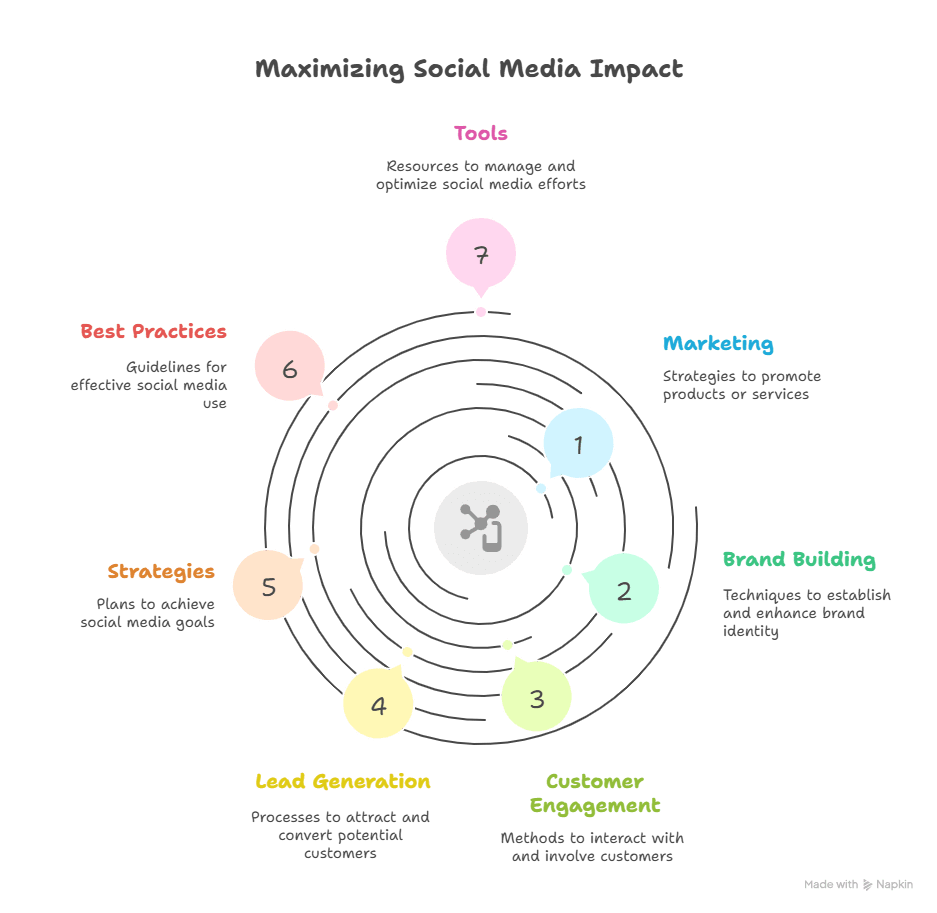
Now picture writing content that sounds more like a talk over coffee than a memo from the office. You may show off your brand’s individuality by sharing behind-the-scenes stories, previews of new products or services, and even funny stories. When you add a personal touch, it makes readers feel more connected to you and your company. This makes them far more likely to open that next newsletter when it comes in.
Including unique information or exclusive deals can be the best part, which is interesting. People enjoy feeling like they belong to an exclusive group. You might provide people early access to new products or share useful advice about your area that they can’t find anywhere else. This feeling of being special not only keeps existing subscribers interested, but it also makes them want to share your newsletter with friends who might also like it.
And this is where the magic happens: every time you send out a newsletter full of useful and exciting information, you give readers a chance to click through to your website. Every link is like a little push that sends people back to your site, whether it’s to read a new blog post or look at new products in your online store.
But hold on—don’t just put together any old email template and call it good! Pay attention to design; it should seem good and be simple on the eyes. Use headers and bullet points to make the information easy to understand at first sight (since no one likes to read long paragraphs while drinking their morning coffee). And please, let’s make those subject lines interesting! A good subject line is like bait on a fishing line; it needs to catch people’s attention.
Finally, you could want to split your audience into groups depending on their interests or past interactions for even better outcomes. By making content that is unique to each group on your subscriber list, whether they are loyal customers or new people who are just curious, you will send messages that really connect with each reader.
So, there you have it: email newsletters are more than just digital letters; they are great ways to create relationships and get people to visit your website again. Take advantage of this great chance and watch those connections grow while also getting more people involved!
Analyzing Performance Metrics
It’s time to do some detective work after you’ve put optimized web content out into the world. Looking at performance data can help you figure out what’s working and what has to be improved in the future. Google Analytics and other tools can help you see which pieces of content get the most clicks and shares.

For instance, you can find that blog posts with lists get a lot more attention than long essays that go into detail about the same themes (who knew?). With this information, you may make changes that will help you get the most involvement out of future initiatives!
To sum up, the path to driving traffic through optimized web content includes learning the basics of SEO, writing interesting stories with personality, using visuals well, encouraging readers to interact, and then looking at performance metrics to see how well the content is doing. All of these steps lead to creating online experiences that everyone wants to have.
Suggested Resources
How To Drive Traffic to Your Website
https://www.searchenginejournal.com/how-to-drive-traffic-to-your-website/
Content Marketing Strategy: How To Create One
https://www.hubspot.com/content-marketing-strategy
The Importance of SEO in Digital Marketing
https://www.digitalmarketinginstitute.com/blog/the-importance-of-seo-in-digital-marketing

Kevin Collier is a seasoned writer and technology enthusiast with a passion for exploring the latest industry trends. With a background in digital marketing and content creation, he brings insightful perspectives to imhits.com on emerging technologies, innovations, and their impact on everyday life. When he’s not writing, Kevin enjoys experimenting with new gadgets and sharing his knowledge with fellow tech aficionados.





